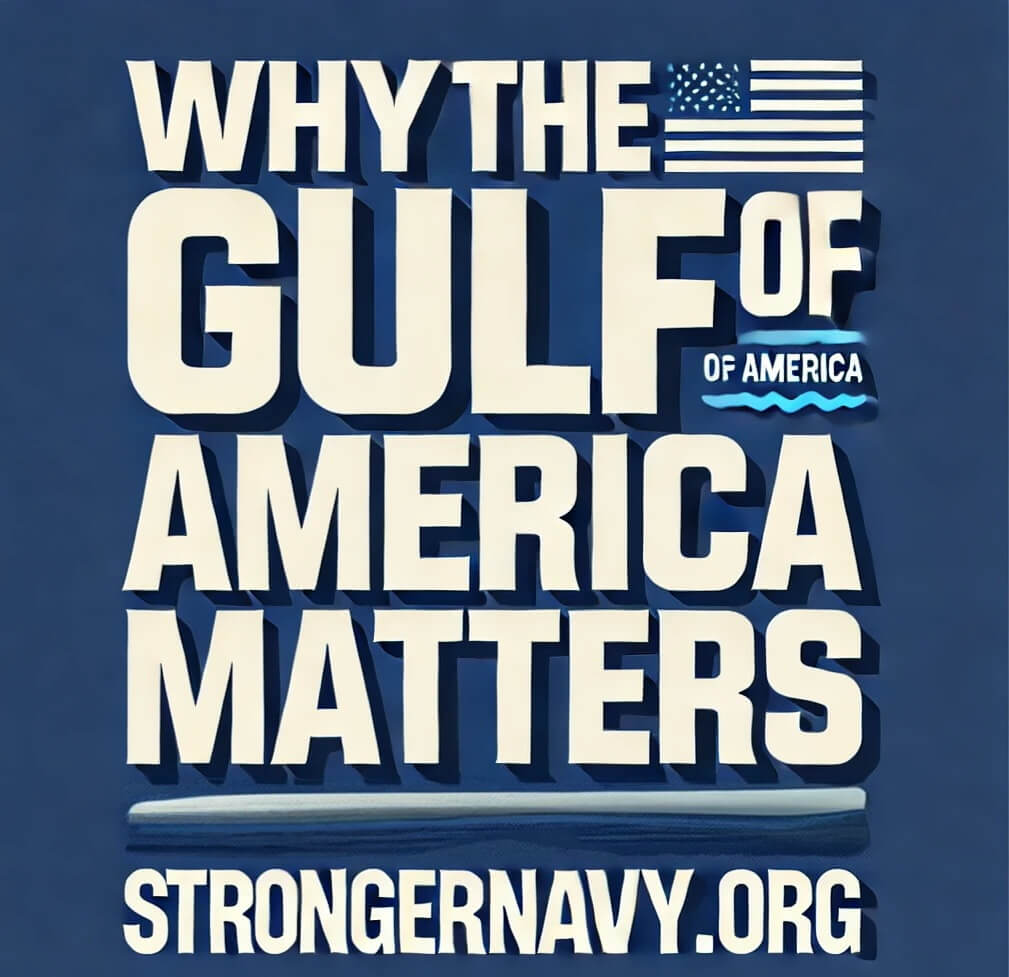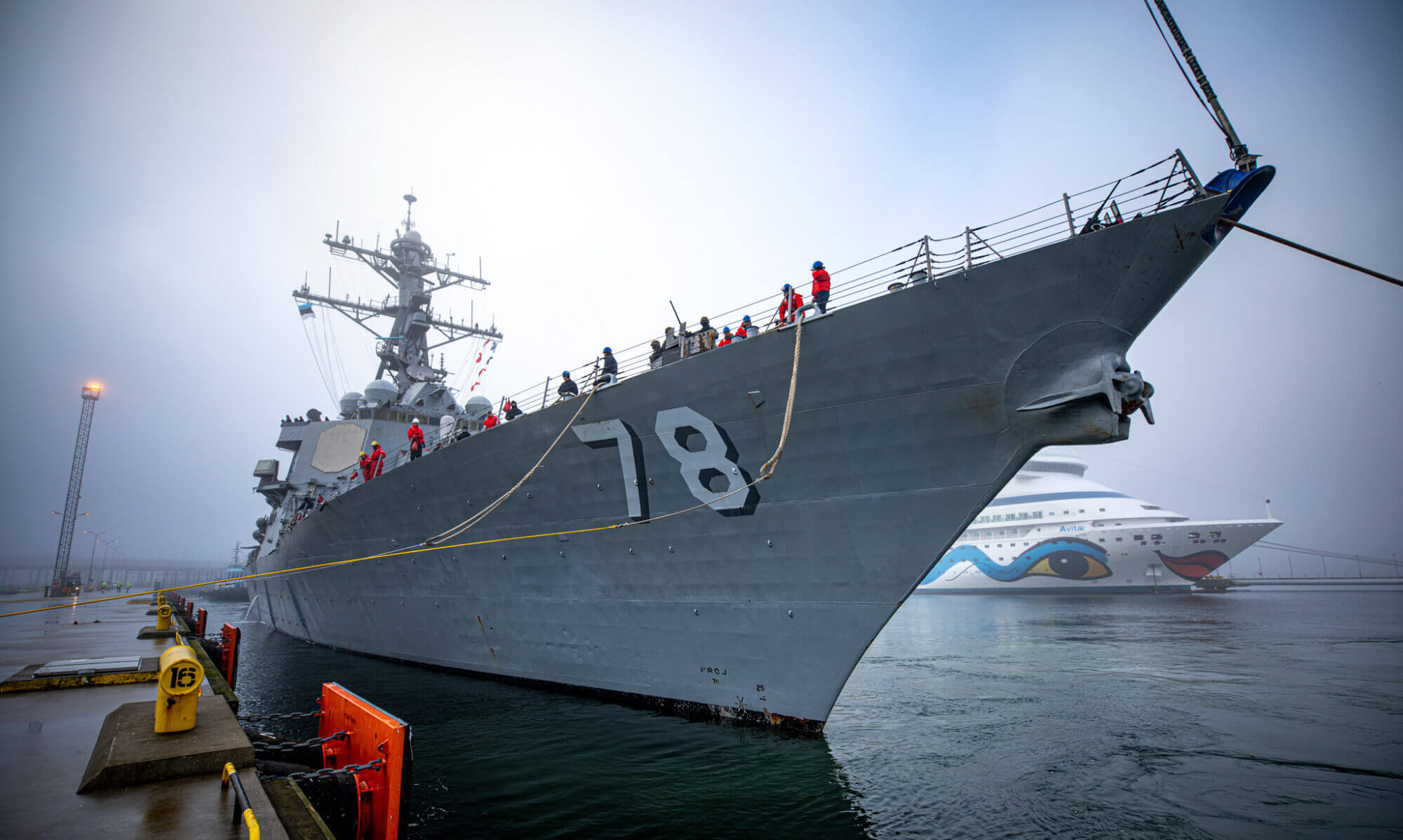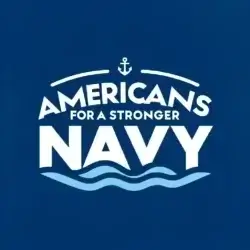

The renaming of the Gulf of Mexico to the Gulf of America has sparked discussions, but names aside, this region has long been one of the most strategic waterways in the world. The U.S. Navy has played a critical role in securing these waters, ensuring trade routes remain open, energy supplies are protected, and national security is upheld.
Renaming bodies of water is nothing new. According to the Associated Press (AP), in 2015, President Barack Obama renamed Mount McKinley to Denali, recognizing its indigenous heritage. In 2013, Hillary Clinton remarked that if China could claim nearly the entire South China Sea, the U.S. could have labeled the Pacific Ocean the ‘American Sea’ after World War II. Even earlier, Mississippi legislators proposed renaming their portion of the Gulf as the “Gulf of America” in 2012, though it was largely symbolic.
While names may change, the Gulf’s importance remains the same—it is a lifeline for trade, military operations, and energy security. This article focuses on the facts—why the Gulf matters to America’s security, economy, and the strength of the U.S. Navy.
The Gulf’s Strategic History and Naval Legacy
The Gulf has been a key maritime battlefield in U.S. history, from the War of 1812 to World War II. The U.S. Navy has played a central role in defending American interests and maintaining stability in these waters.
- The Battle of Mobile Bay (1864) – A defining moment in the Civil War.
- The Gulf Blockade in WWII – Preventing German U-boats from disrupting supply chains.
- The Cuban Missile Crisis (1962) – A tense naval standoff that highlighted the Gulf’s strategic importance.
Today, the Navy remains the dominant force in the Gulf, ensuring stability and security in the region.
The U.S. Navy’s Role in the Gulf of America
The Navy conducts daily operations to protect trade, energy, and national security. Key missions include:
- Patrolling shipping lanes to ensure free trade.
- Securing oil and gas infrastructure from cyber and physical attacks.
- Countering drug smuggling and trafficking networks.
- Responding to hurricanes and natural disasters.
Key U.S. Naval Bases in the Gulf
- Naval Air Station Pensacola (FL) – Aviation training.
- Naval Air Station Corpus Christi (TX) – Aircraft support.
- Naval Station Mayport (FL) – Destroyer and amphibious fleet.
- Naval Air Station Key West (FL) – Counter-drug operations.
As threats increase globally, is the U.S. Navy stretched too thin to secure the Gulf effectively?
Is the U.S. Navy Strong Enough to Secure the Gulf?
With rising global tensions, cyber vulnerabilities, and shipbuilding challenges, the Navy’s presence in the Gulf faces new pressures.
- The Navy is spread across the Pacific, Arctic, and Middle East, requiring more ships and personnel.
- Shipbuilding delays mean the U.S. Navy is shrinking rather than growing.
- Older ships are being retired faster than new ones are being built, creating fleet gaps.
Cybersecurity Threats in the Gulf
The biggest future threats may not come from warships—but from cyberattacks.
- Hackers have already targeted U.S. energy infrastructure, shutting down pipelines and refineries.
- China, Russia, and Iran have cyber units capable of disrupting U.S. ports and energy grids.
- The Gulf’s 4,000+ offshore oil platforms and refineries are vulnerable to hacking.
A successful cyberattack on a major port like Houston or New Orleans could cripple U.S. exports, disrupt global trade, and weaken naval operations.
U.S. Response: Strengthening Cyber Defense
- The Navy and U.S. Cyber Command are expanding maritime cybersecurity operations.
- AI-driven threat detection is being tested for oil rigs and naval vessels.
- Private industries are working with the military to protect infrastructure.
Military-Commercial Overlap: The Jones Act & Shipbuilding
The Jones Act (1920) requires that only U.S.-built, U.S.-crewed ships can transport goods between U.S. ports. This protects American shipbuilders and maritime workers, but there’s a problem:
- American shipbuilding is lagging behind China, South Korea, and Japan.
- The U.S. fleet of commercial ships has shrunk, making supply chains vulnerable in wartime.
A weaker shipbuilding industry means a weaker Navy. If war broke out, the U.S. would rely on foreign-built commercial ships for logistics.
Revitalizing U.S. shipbuilding would strengthen both military and commercial fleets, ensuring the U.S. remains competitive and secure.
Economic & Strategic Impact of the Gulf of America
The Gulf isn’t just a naval stronghold—it’s an economic powerhouse.
- 15% of U.S. crude oil production comes from the Gulf.
- Over 50% of all U.S. maritime commerce moves through the Gulf.
- 40% of U.S. seafood (shrimp, oysters) is sourced from the Gulf.
Economic Vulnerabilities
- A hurricane, cyberattack, or naval conflict could cripple energy exports and supply chains.
- A strong U.S. Navy presence ensures stability, preventing disruptions that could impact millions of Americans.
The Gulf of America Needs a Strong Navy
The renaming of the Gulf is symbolic, but the real issue is whether the U.S. has the naval power to secure it.
- The Navy must remain strong in the Gulf to protect trade, energy, and security.
- Cyber defense is as important as naval defense.
- Revitalizing U.S. shipbuilding would strengthen both the Navy and the economy.
A Call to Action
Supporting a Stronger Navy means:
✔ More investment in fleet modernization.
✔ Better cybersecurity for ports and oil infrastructure.
✔ Reviving American shipbuilding to ensure a strong commercial-military fleet.

